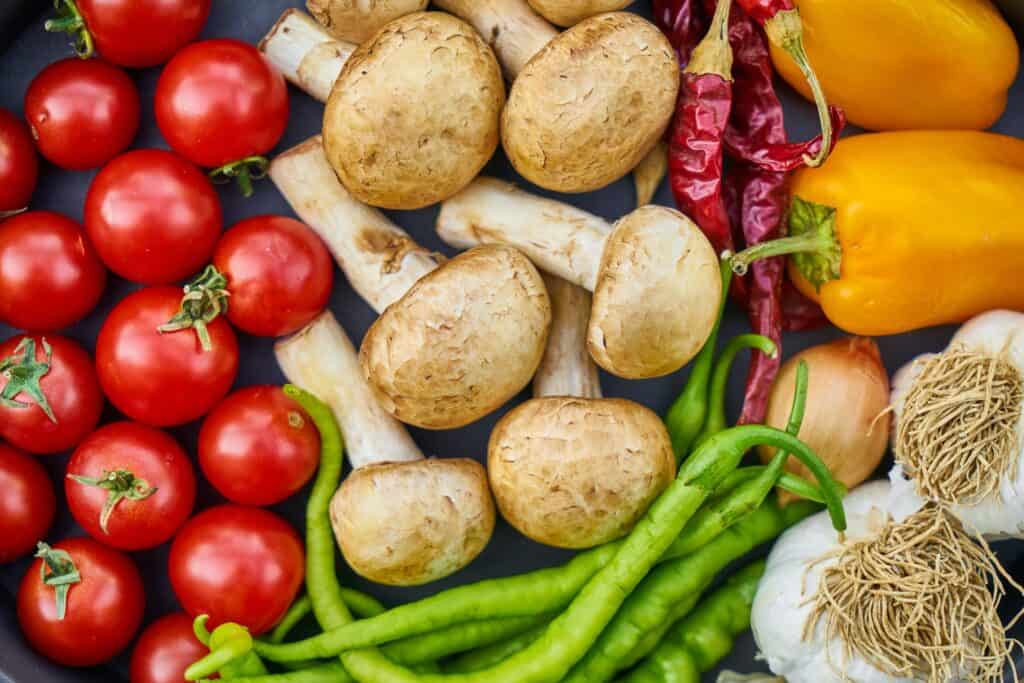Eating healthy can be expensive. From organic foods to health supplements, these products are usually more expensive than traditional products. To sustain a healthy lifestyle, it is good to budget and find ways to save. Here are some tips!
Plan Before You Shop
One of the most effective ways to save money on healthy foods is to plan your meals for the week. Create a simple menu and make a grocery list based on what you already have at home. This reduces impulse buys and helps you focus only on what you truly need, and allows you to compare prices.
Buy Whole Ingredients
Pre-cut fruits, pre-washed greens, and pre-cooked grains may be convenient, but they often come with a higher price tag. Instead, look for whole produce and bulk items, which can save you money and allow for more versatility in your meals. Always be sure to properly store foods when you buy in bulk.
Shop Seasonal and Local
Fruits and vegetables are usually cheaper when they are in season and locally grown. Check out your farmers’ market or look for produce that’s on special. Not only is it more affordable, but it is often fresher and more flavorful too.
Embrace Plant-Based Proteins
Meat and seafood can be expensive, so try incorporating more budget-friendly protein sources like beans, lentils, tofu, eggs, or canned tuna. These are more nutritious, affordable, and great for a variety of dishes.

Freeze foods
Buying frozen fruits and vegetables is a smart way to eat healthily without worrying about spoilage. They’re usually picked and frozen at peak ripeness, meaning they’re just as nutritious as fresh. You can also freeze leftovers or extra produce to avoid waste. For example, if fruit starts to get ripe, cut it up and freeze in bags for smoothies.
Cook at Home More Often
Home-cooked meals are almost always cheaper and healthier than eating out. Even simple dishes like soups, stir-fries, and grain bowls can be made quickly and in large portions. Cooking in batches and using leftovers creatively helps stretch your food dollar further.
Look for Store Brands and Sales
Generic or store-brand items are often just as good as name brands but cost significantly less. Keep an eye on weekly sales and stock up on pantry staples when they’re discounted—things like oats, rice, canned beans, and frozen veggies.
Limit Packaged Foods
Many packaged foods marketed as healthy—like protein bars or specialty snacks—can be pricey and not always better for you. Try making your own snacks, like trail mix or energy bites, using ingredients you already have.
Grow a Little of Your Own
Even if it’s just herbs on a windowsill or a pot of tomatoes on your patio, growing a few things at home can cut costs and add freshness to your meals. It is also fun and rewarding, and is a great way to teach kids about where their food comes from.






I love to save, so I will keep these tips in mind! I eat at home as much as I can, and I use coupons. Sales excite me too!
Great tips! It’s sad food is so high, even when you’re trying to eat health foods the prices are unreal. I do try and eat at home more and prepare healthier choices.
This is such a helpful post! Saving money while eating healthy is something we all want to do, and the tips you shared are super practical.
I’m sometimes sad when I feel like I’ve shopped more food than my family and I can handle and end up throwing them away. So, I love this list of very helpful ideas and tips for saving money on food.
I’ve started buying more frozen veggies lately, and you’re right they’re just as good and way more affordable than fresh!
i have to try again at growing my own – at least some herbs, like you say.. i hope i succeed this time around
These suggestions are so helpful! Over the last 7 months, I’ve been cooking at home more and have found that it’s more affordable to cook batches of food & freeze for later, rather than going out.
These are some wonderful tips on saving money on buying healthy foods, making a plan on what to buy makes a big difference.
It is important to save money. This is great because we all know that we always spend our money to the food, thanks for the tips and reminders.
Yes, growing a little of our own really helps. I stopped buying herbs, tomatoes, and some vegetables, and it helped us cut costs and reduce wastage since we only harvested what was needed.